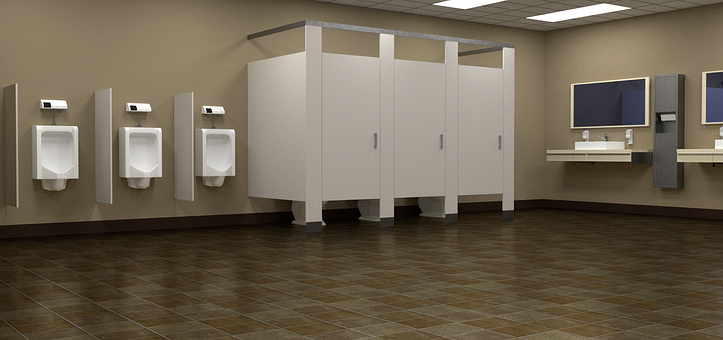According to researchers (undergraduate students) at the University of Reading, England, sinks and p-trap drains are the residence of multiple fungal organisms. They tested more than 250 restroom sinks for fungi, such as black moulds and relatives of baker’s yeast. Each sink had similar types of yeast and mould, indicating that public sinks or washrooms are a reservoir of fungal organisms.
Image Credits: Pixabay
“We spend 90% of our time indoors so we are exposed to fungi in our homes and workplaces. For most people, this isn’t a problem, but for those who are immunocompromised, certain fungal species can cause serious infections,” said Dr Soon Gweon, the study’s author. “It isn’t a big surprise to find fungi in a warm, wet environment. But sinks and P-traps have thus far been overlooked as potential reservoirs of these micro-organisms. This could be a really important finding for those who are trying to help immunocompromised people avoid infections by some of the opportunistic pathogens that may be lurking in sinks, such as Fusarium.”
The technique the students used to spot organisms gave them broader families represented. Further studies will help to know which species are present and identify potential disease-causing fungi.
“It has been great to give undergraduate students a real-life hands-on experience of environmental microbiology. And the fact that we found interesting results, worthy of a peer-reviewed publication, is an experience that many students won’t have until their PhD studies, or beyond,” said Zoe Withey, the University of Reading PhD student involved in the project.

Image Credits: Pixabay
The fungi species that live in sinks can tolerate acidic environments (low pH) and survive in high temperatures with low nutrients. Some can even feed on carbon-rich products such as soaps and detergents. Also, no difference was observed between female and male restrooms in terms of the existence of similar fungi populations. All 250 restrooms had similar fungi present.
“Although these findings don’t present a health concern in the environment we are in, were the location a hospital or care home, with many immunocompromised people, this finding could point to a serious risk to health,” said Dr Gweon. “We would like to see cleaning protocols developed that can address the colonisation of sinks and P-traps, particularly in environments where many people will use a single sink.”
The research was published in the journal Environmental DNA.
To ‘science-up’ your social media feed, follow us on Facebook, Twitter, or Instagram!
Follow us on Medium!



